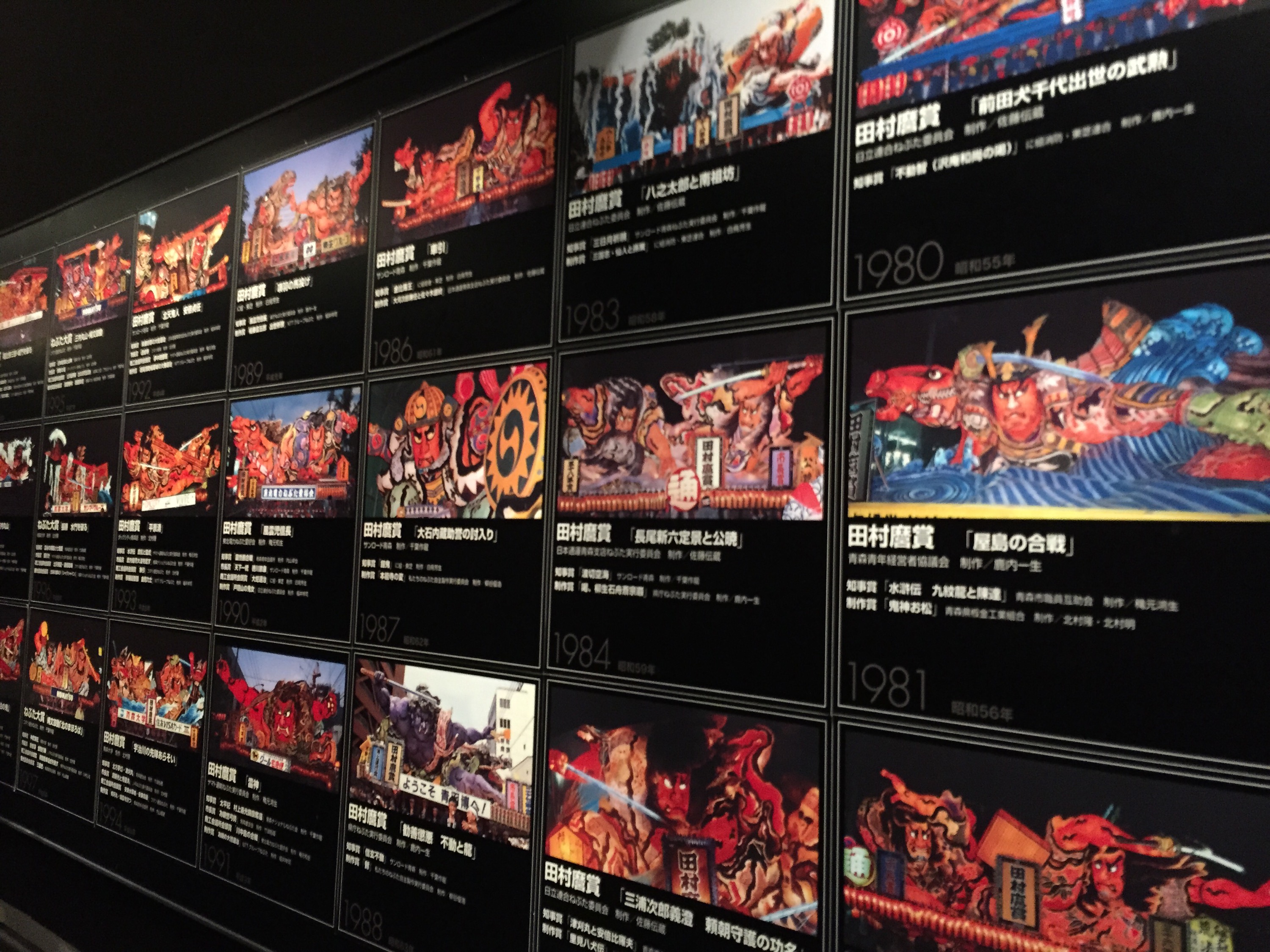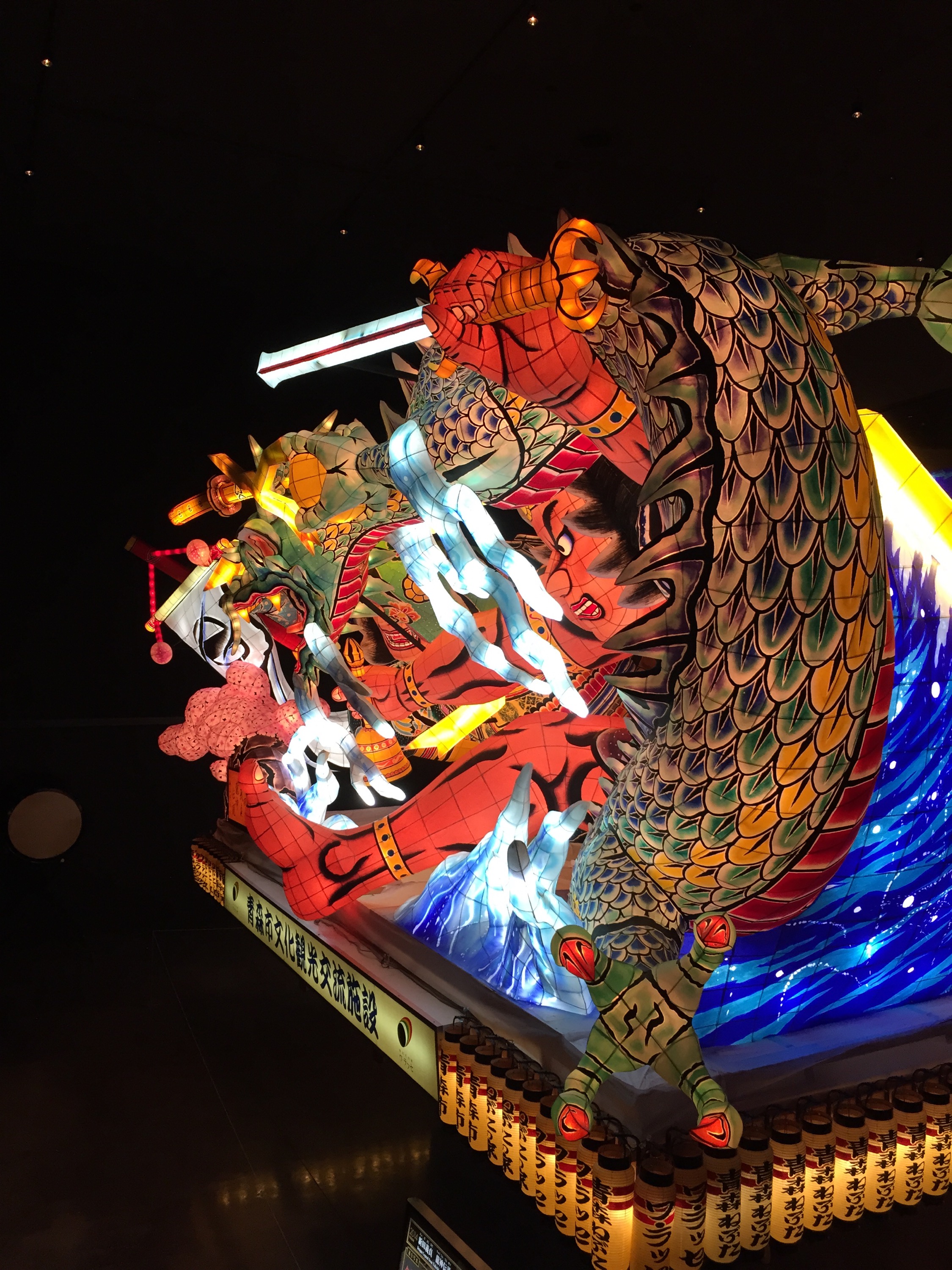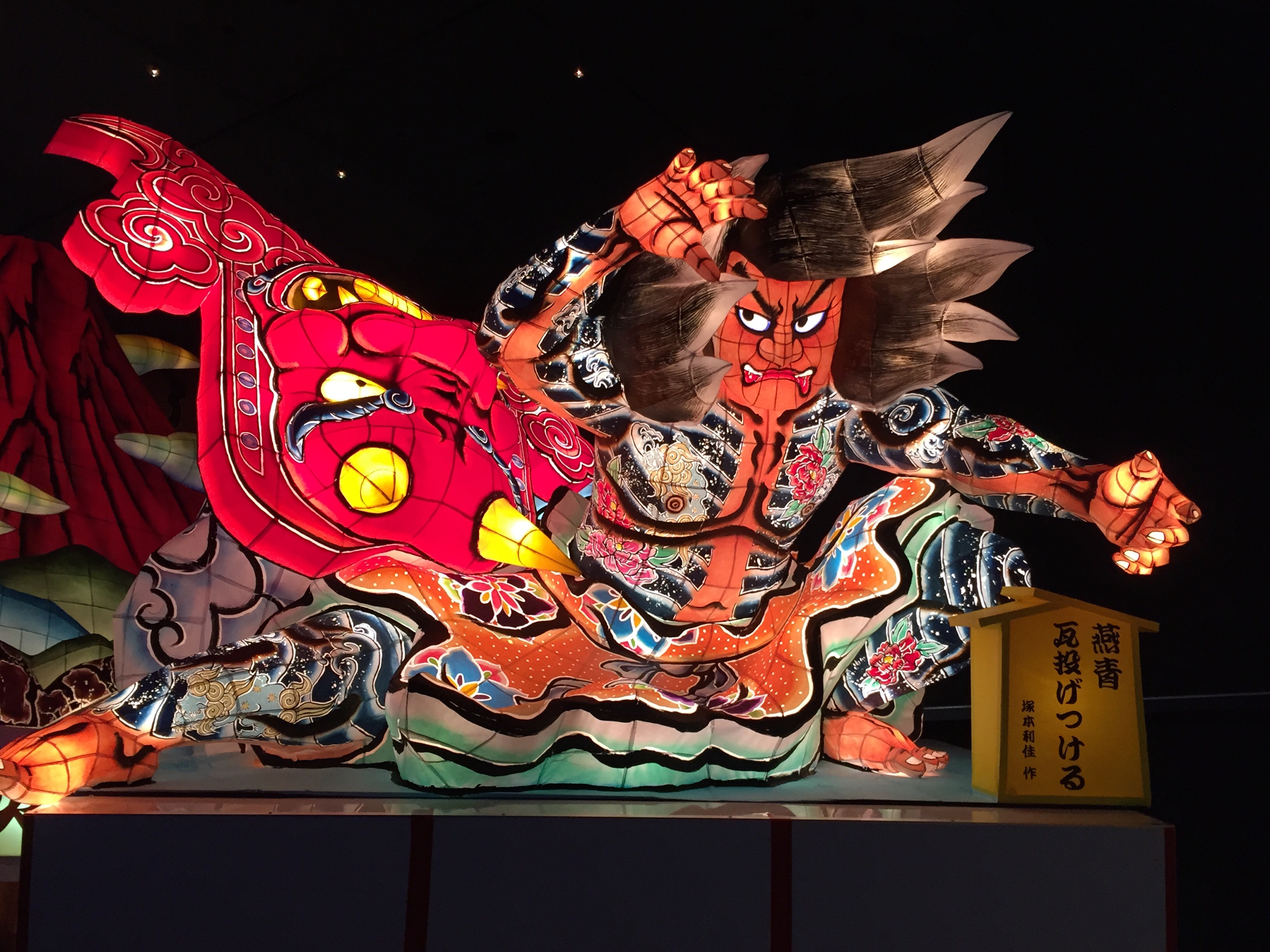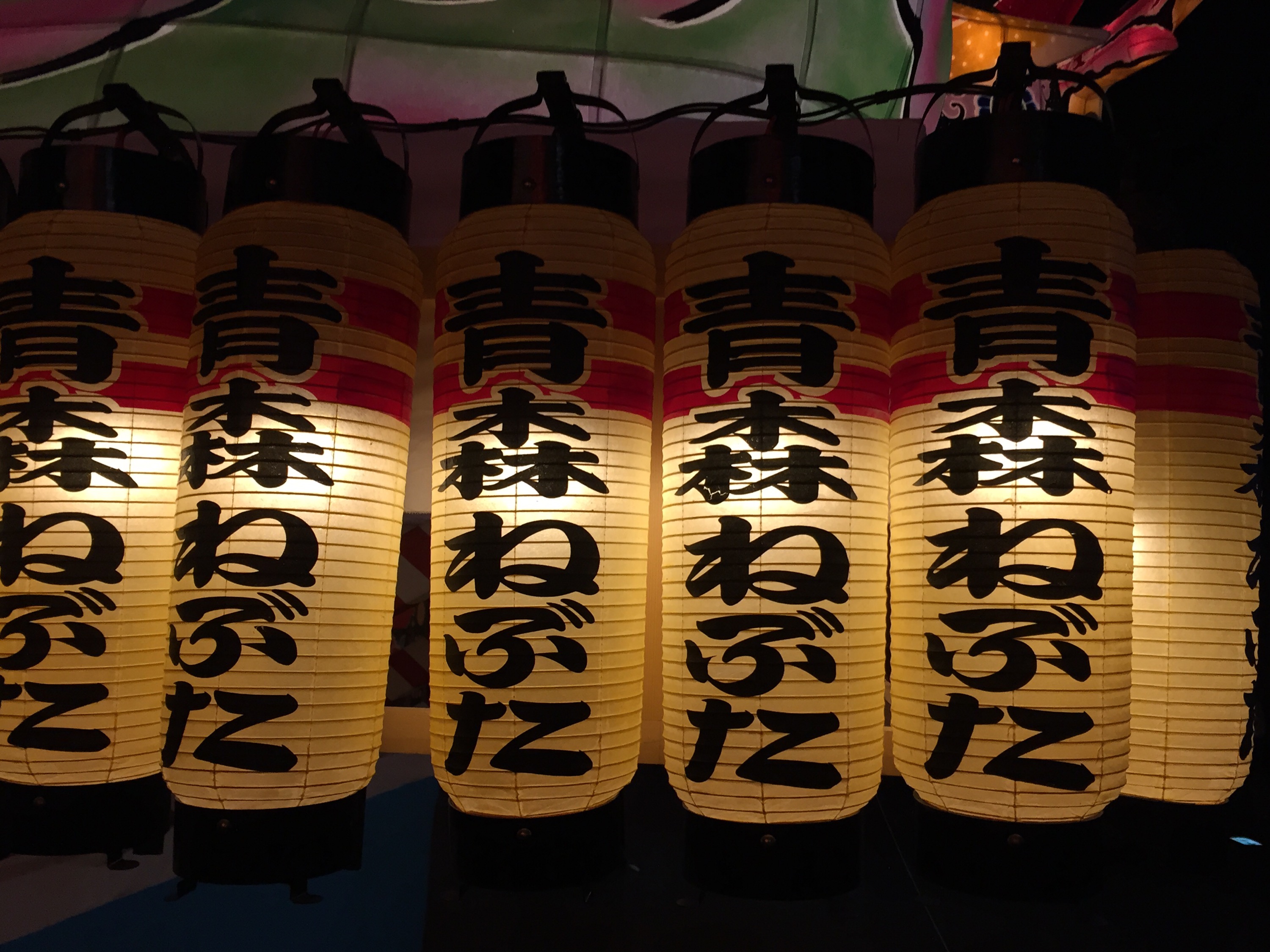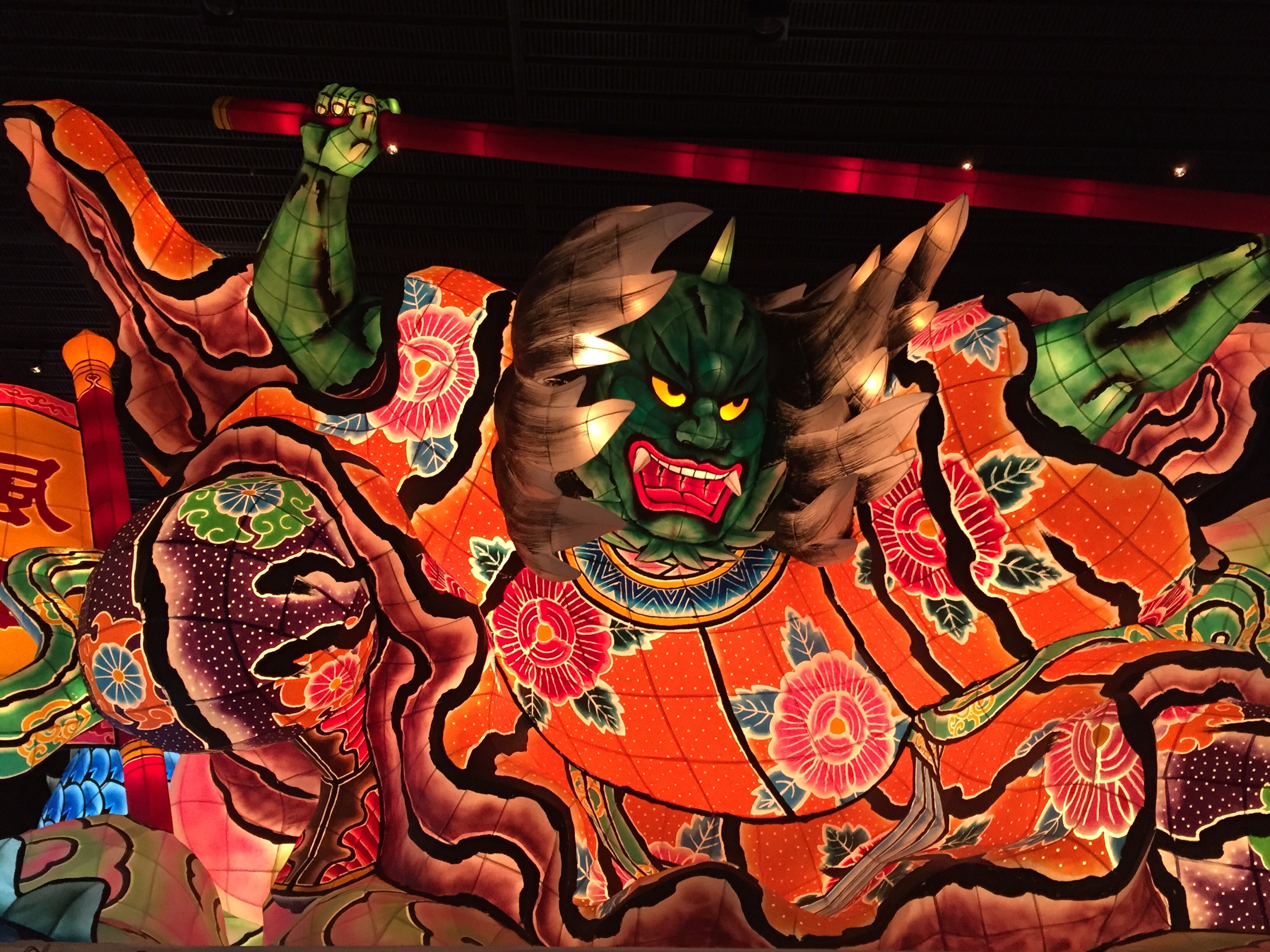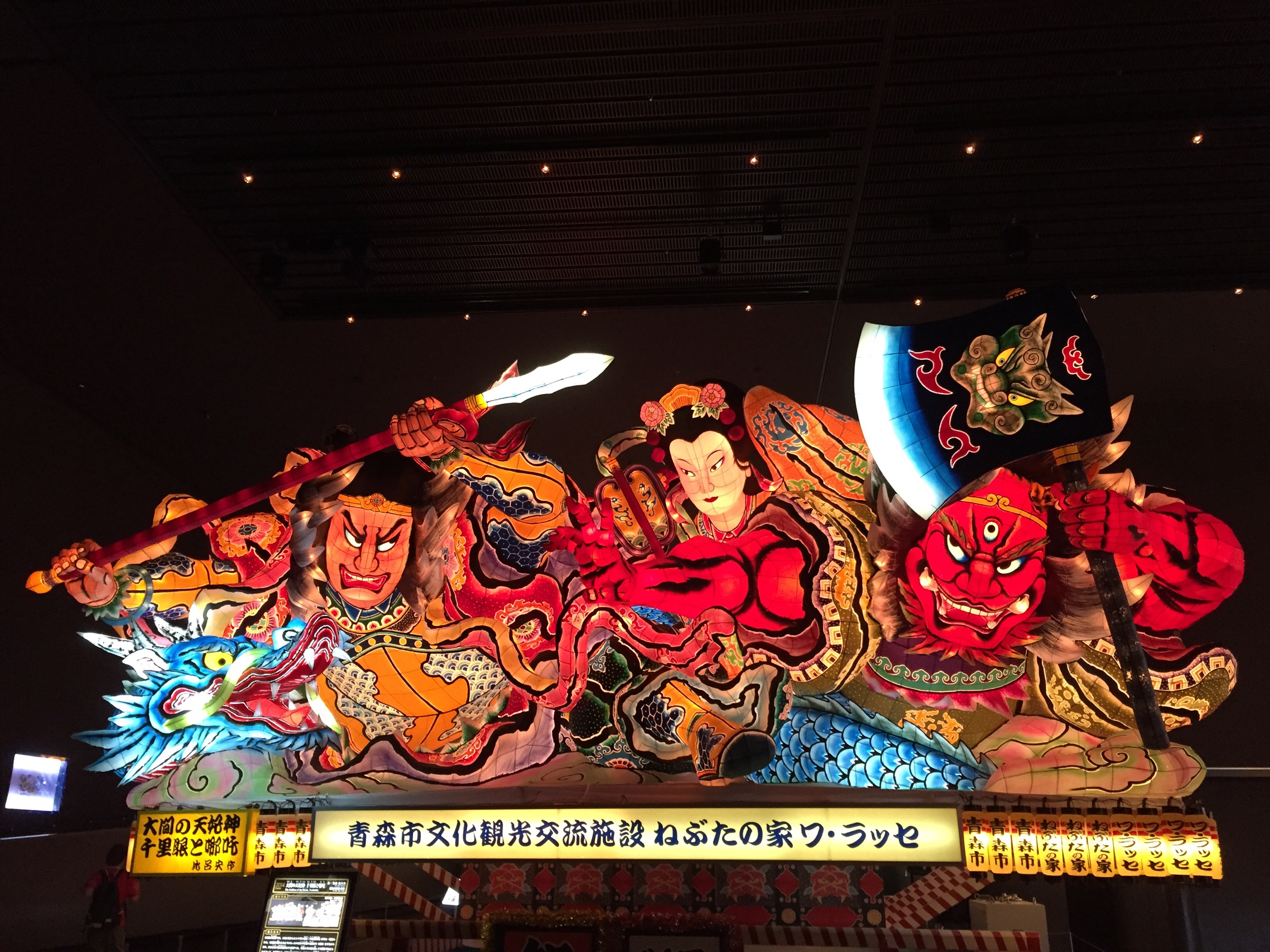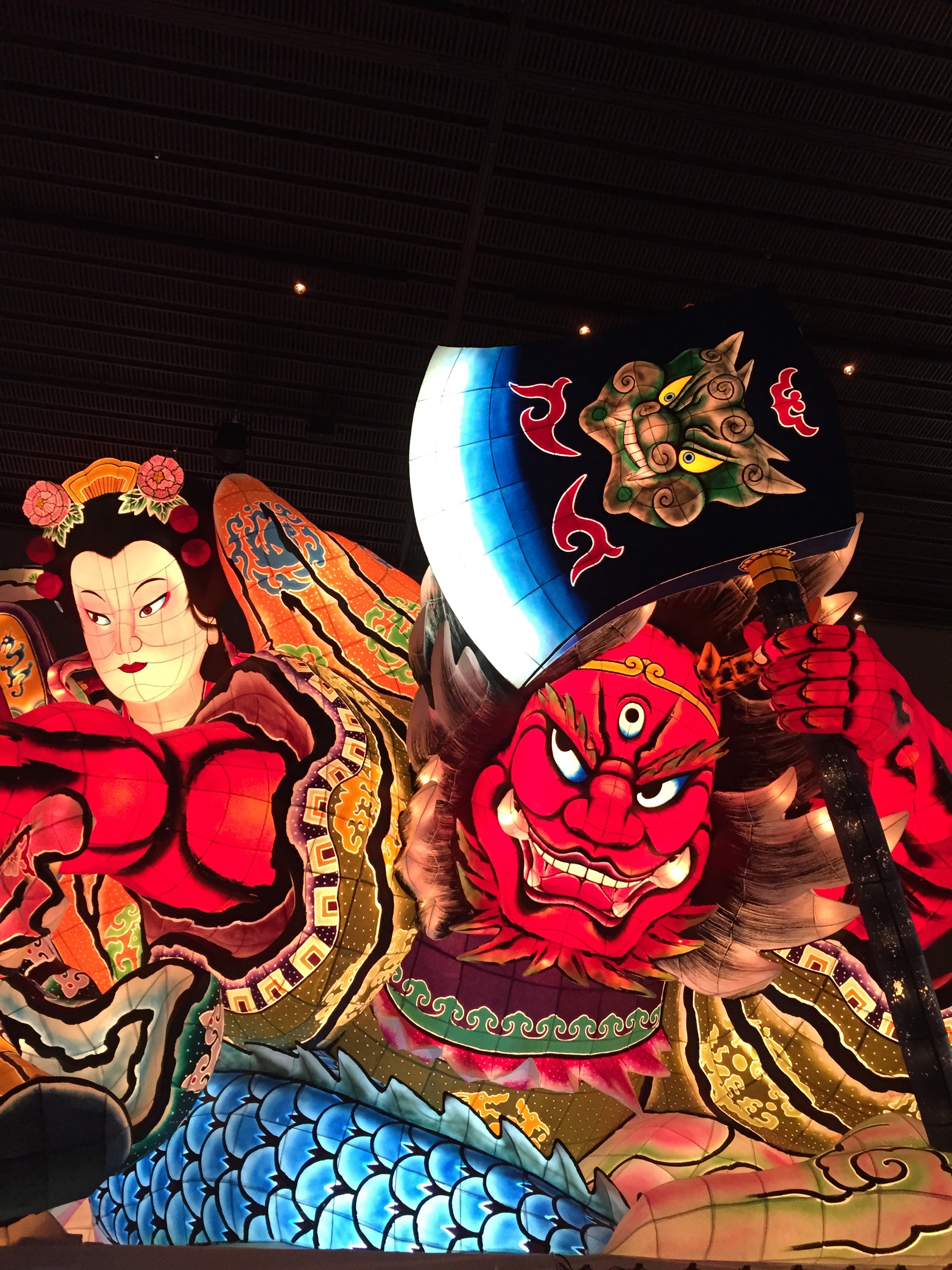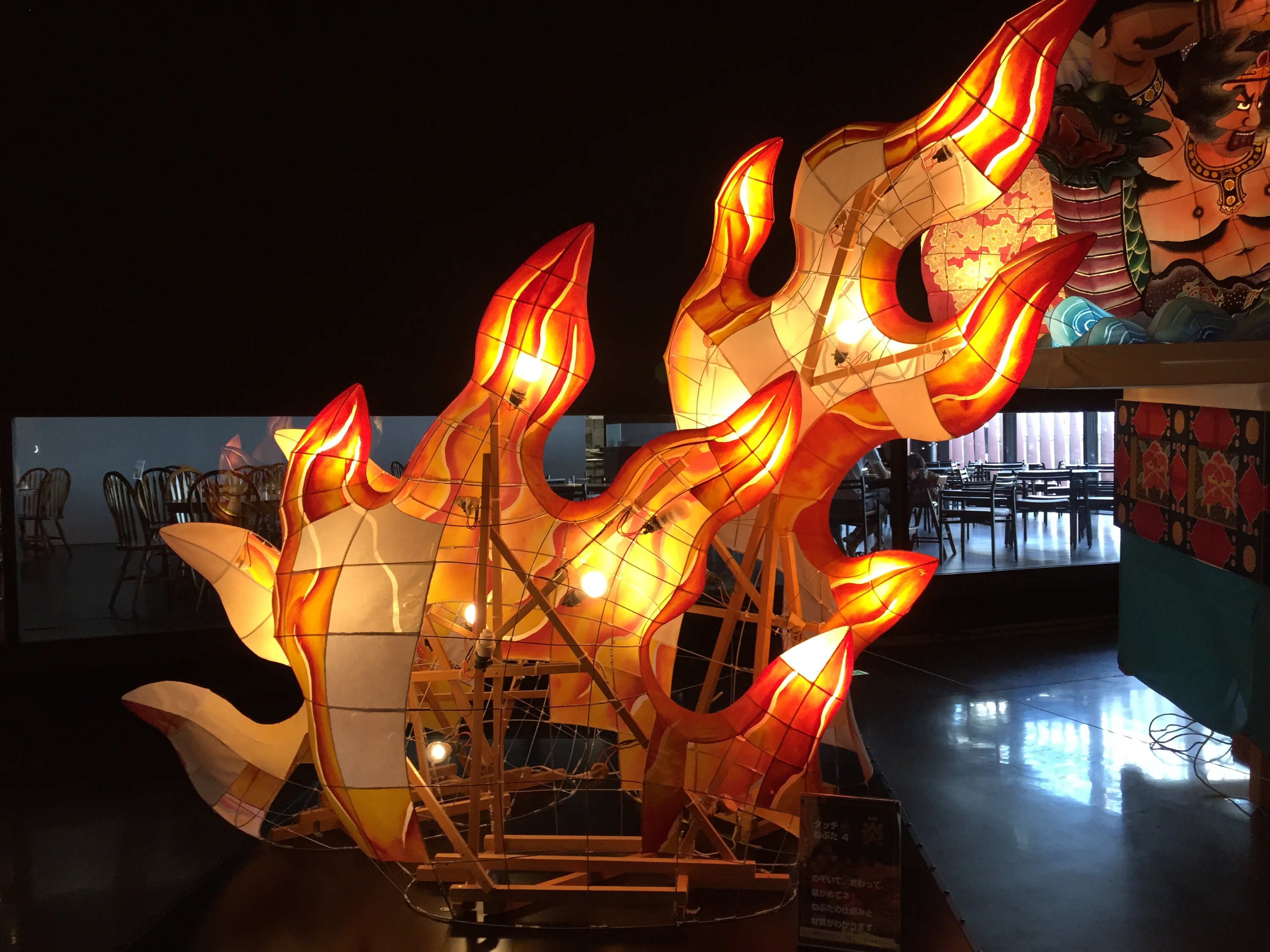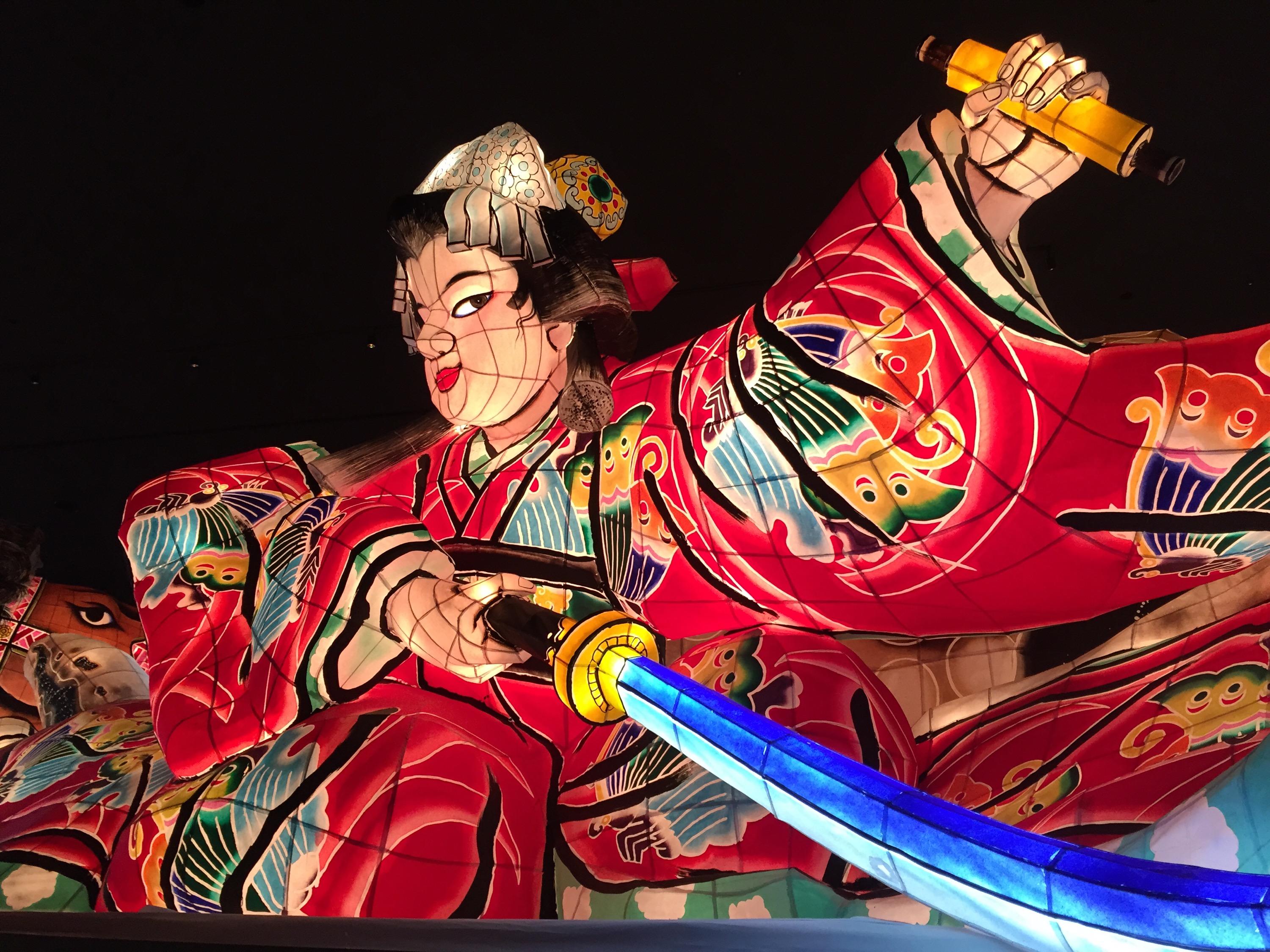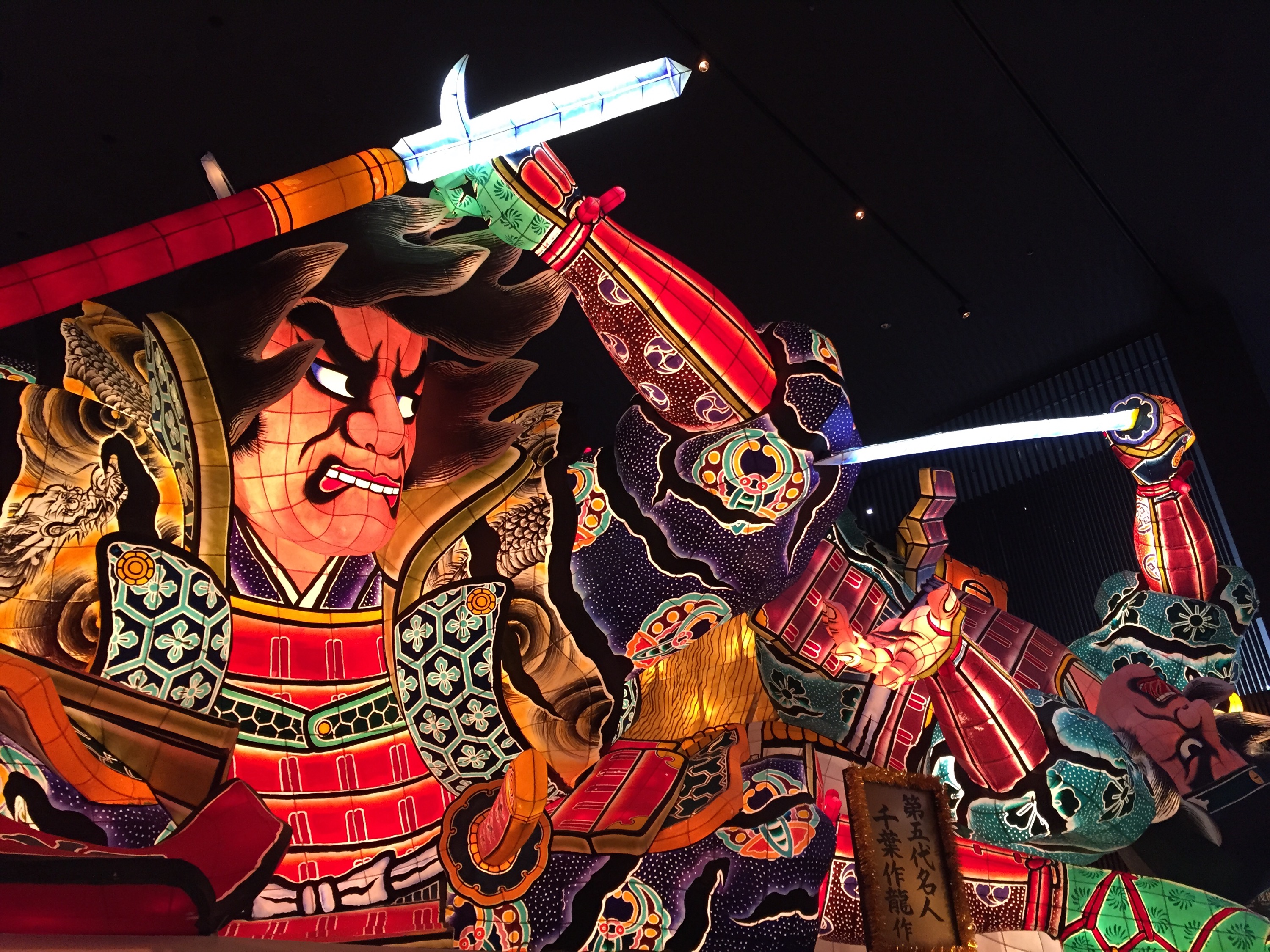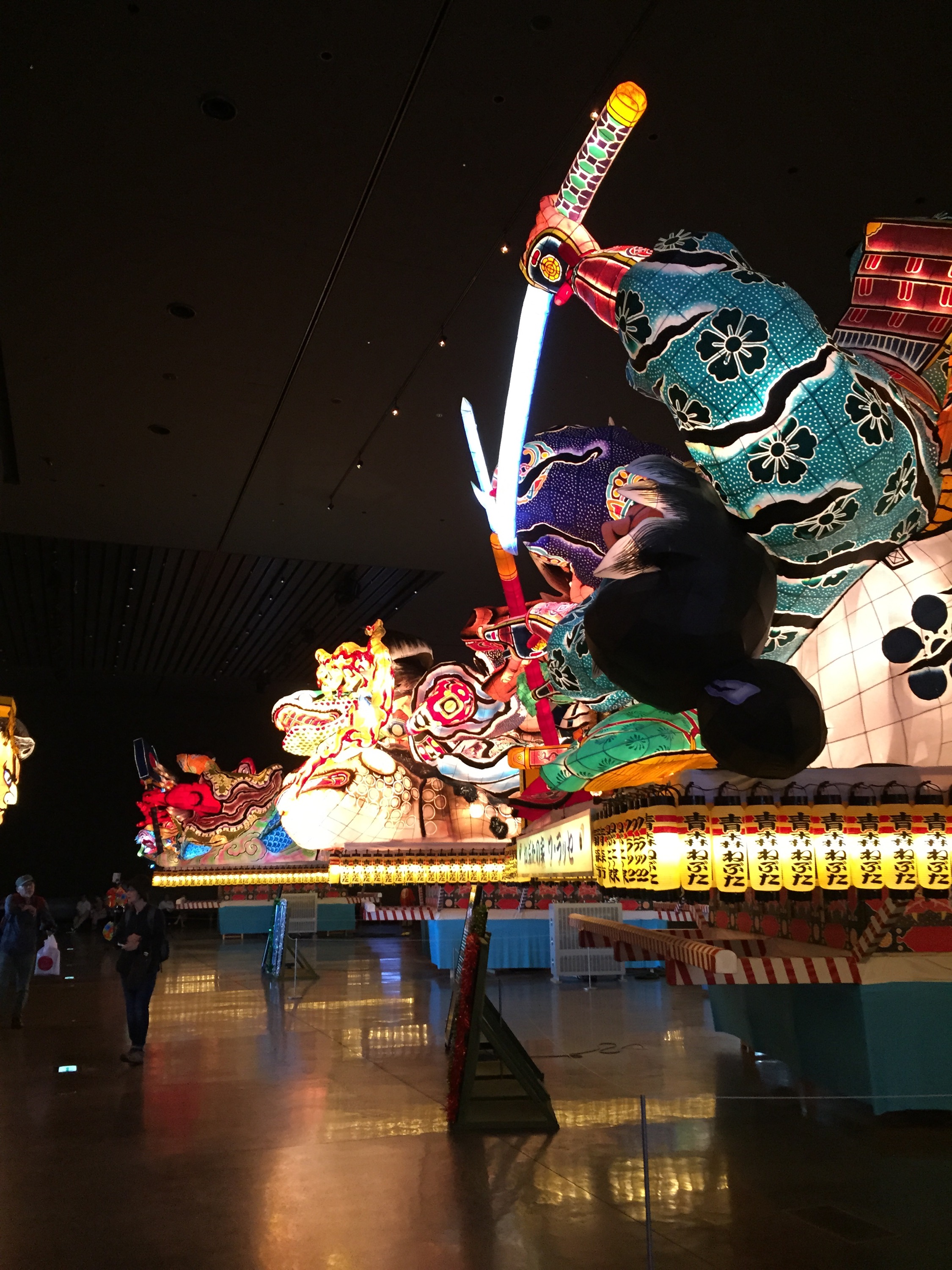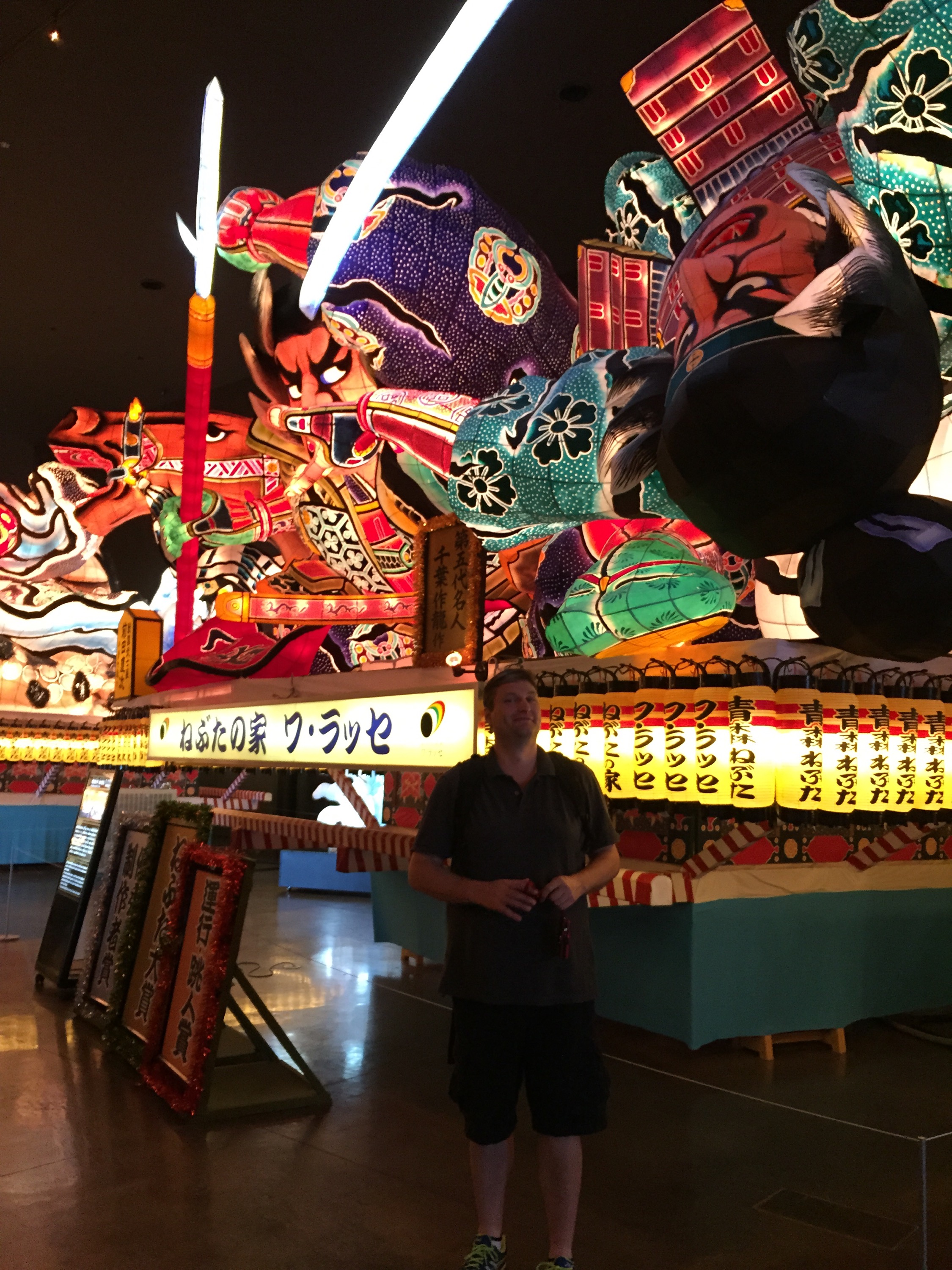Doing the back to back cruises means we get a second stop in Aomori. Last time here, we did a day trip out to Lake Towada and the Mt Hokkado Ropeways, so this time we decided to go down town and check out the famous Nebuta Museum.
Now there is a ship tour that takes you to this museum, but after a tiny bit research, Mr K found out the Nebuta Museum is marked on the map contained in the Aomori Port Guide supplied by the ship’s Port Expert, not as the Nebuta Musuem but as the ‘Wa Rasse House’… and it is spitting distance from where the free shuttle bus drops you off in town. So passengers can get there easily and cheaply without taking the ship tour. Hmmm.
Anyway, the entire town is wrapped up in the Nebuta Festival which is occurring all this week and culminating in a large parade that runs all next week. The Nebuta Festival is thought to be a combination of the Chinese Tanabata Festival and the local customs of the Aomori farming community. Both involved lanterns and are believed to have naturally blended together over time. The name ‘Nebuta’ comes from the adjective for ‘sleepy’ in local dialect as the primary goal of the festival is to wake people up during the long hot draining days of summer! We can certainly voucher for that. The festival attracts about 3 million people each year and runs along a parade route of about 3.1km with up to 22 enormous handmade floats. 
The Nebuta Museum currently houses about five floats from the most recent festival, and the museum was created to allow people to get a closer look at the floats, as during the chaos of the festival, there is no chance to get up close to them to appreciate the artworks. Each float is nine meters wide, sever meters long and about five meters high.
The creators of the Nebuta floats are actually known as Nebuta artists – this is a full time occupation, and is not a job done solo. The Nebuta artists have a team of craftsmen and electricians who help them turn their artistic visions into reality. It takes an average of three months to make a Nebuta float – sometimes more for the larger, more elaborate floats.
The Nebuta masks on display at the museum were all made by current Nebuta artists, and these apparently are abstracted self portraits, but I am no sure about that. The Festival also engages the ‘haneto’ dancers of region who do plenty of jumping and chanting in time to loud music and lots of drums.
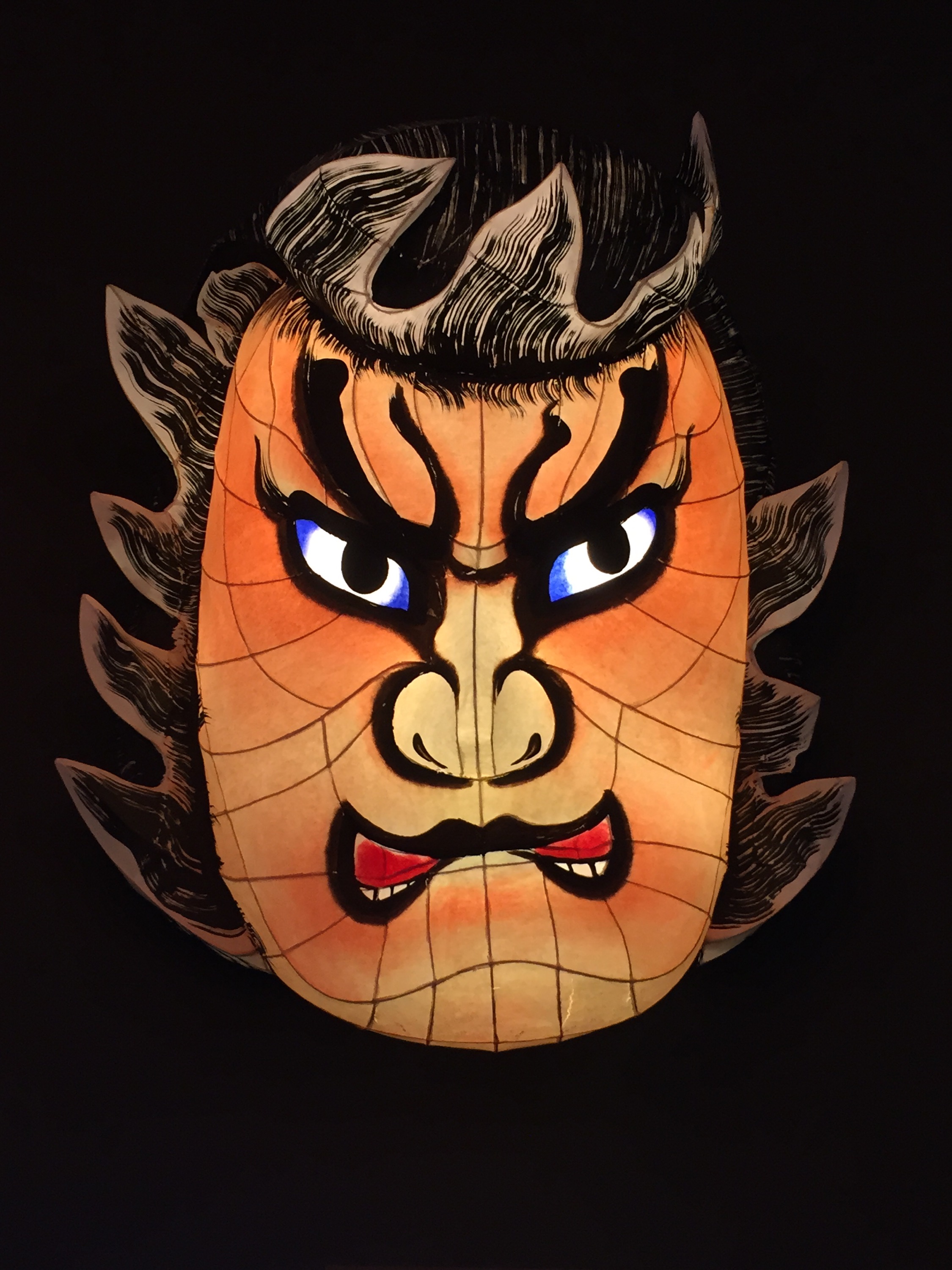


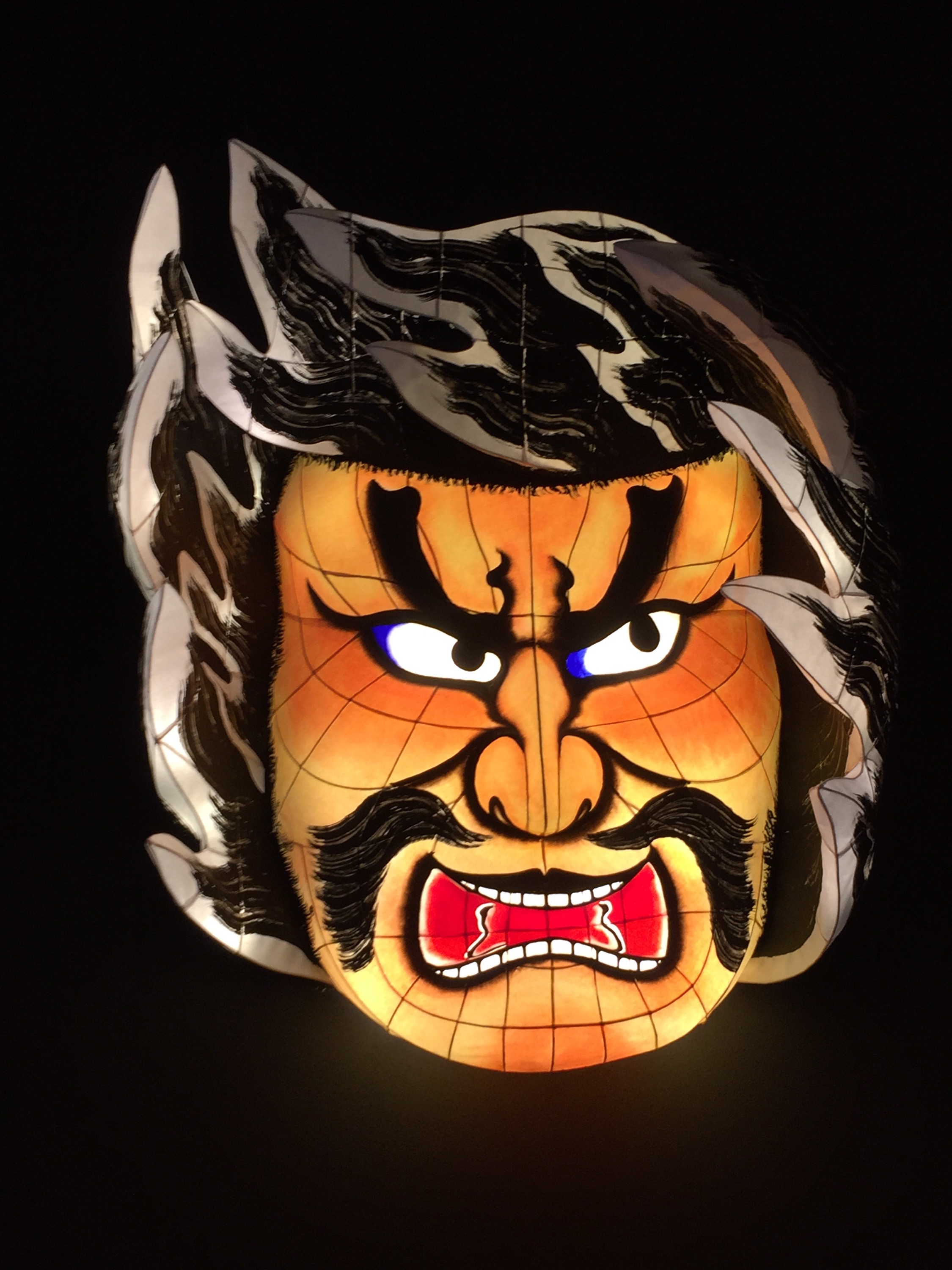
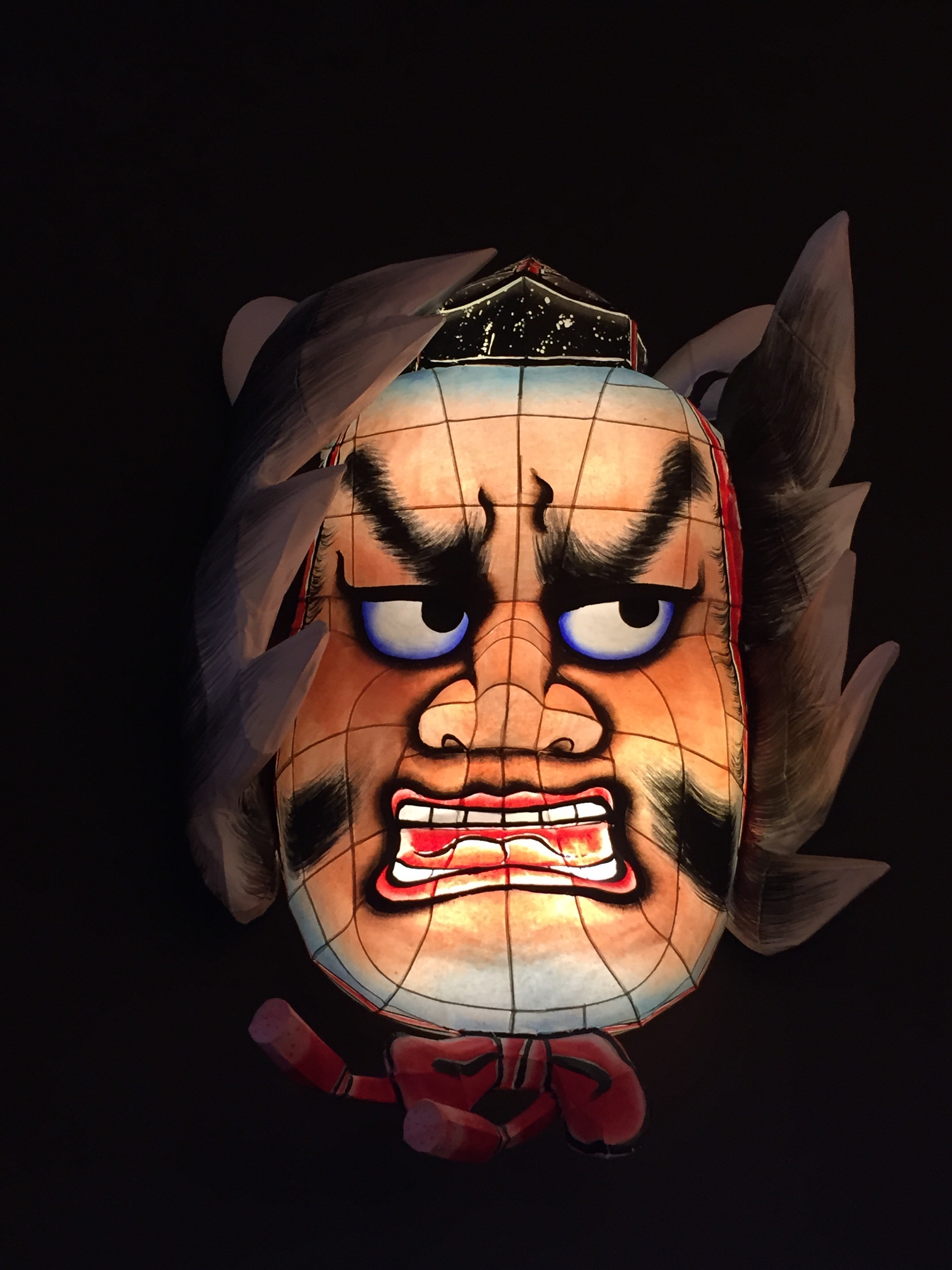
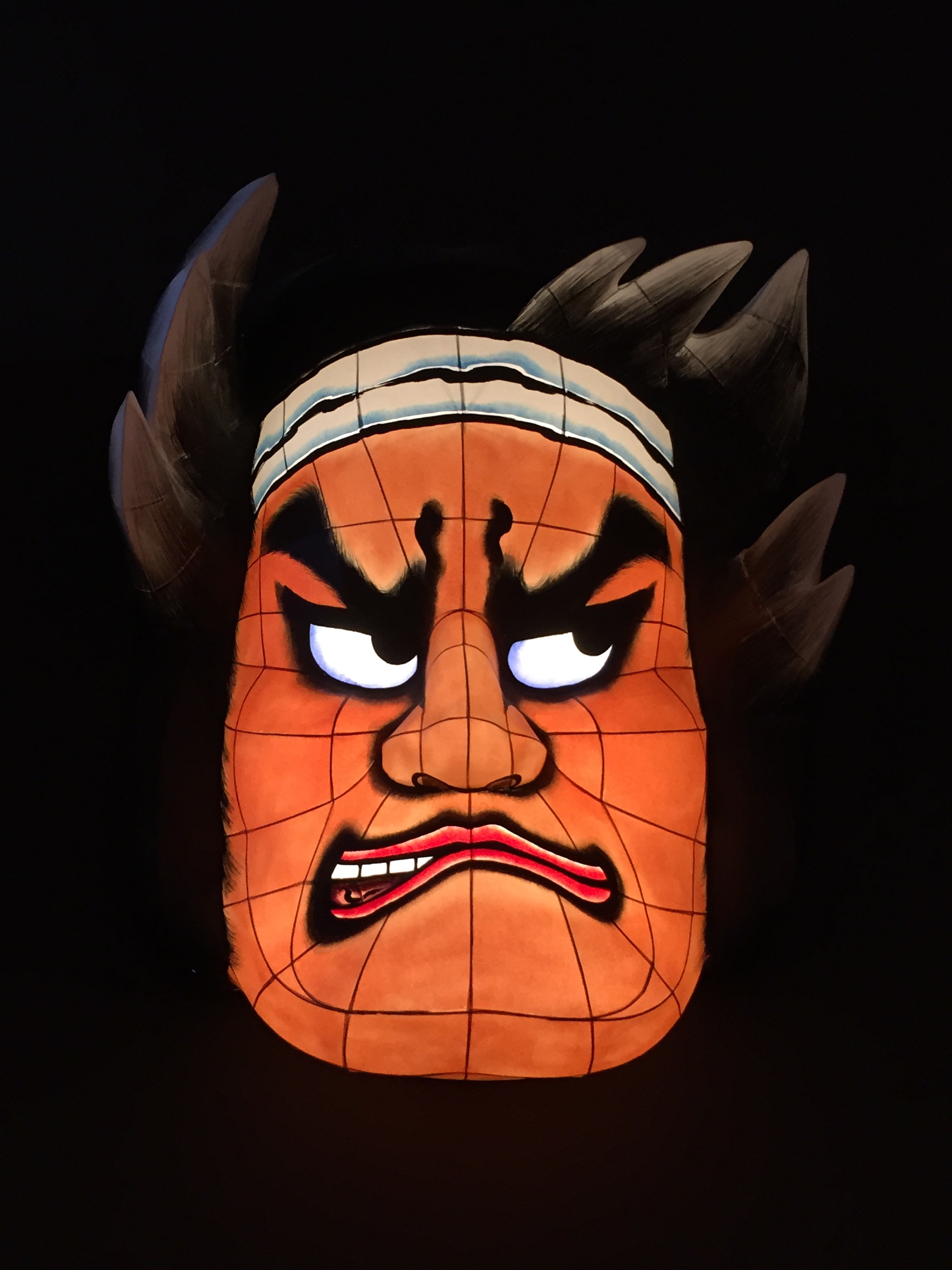
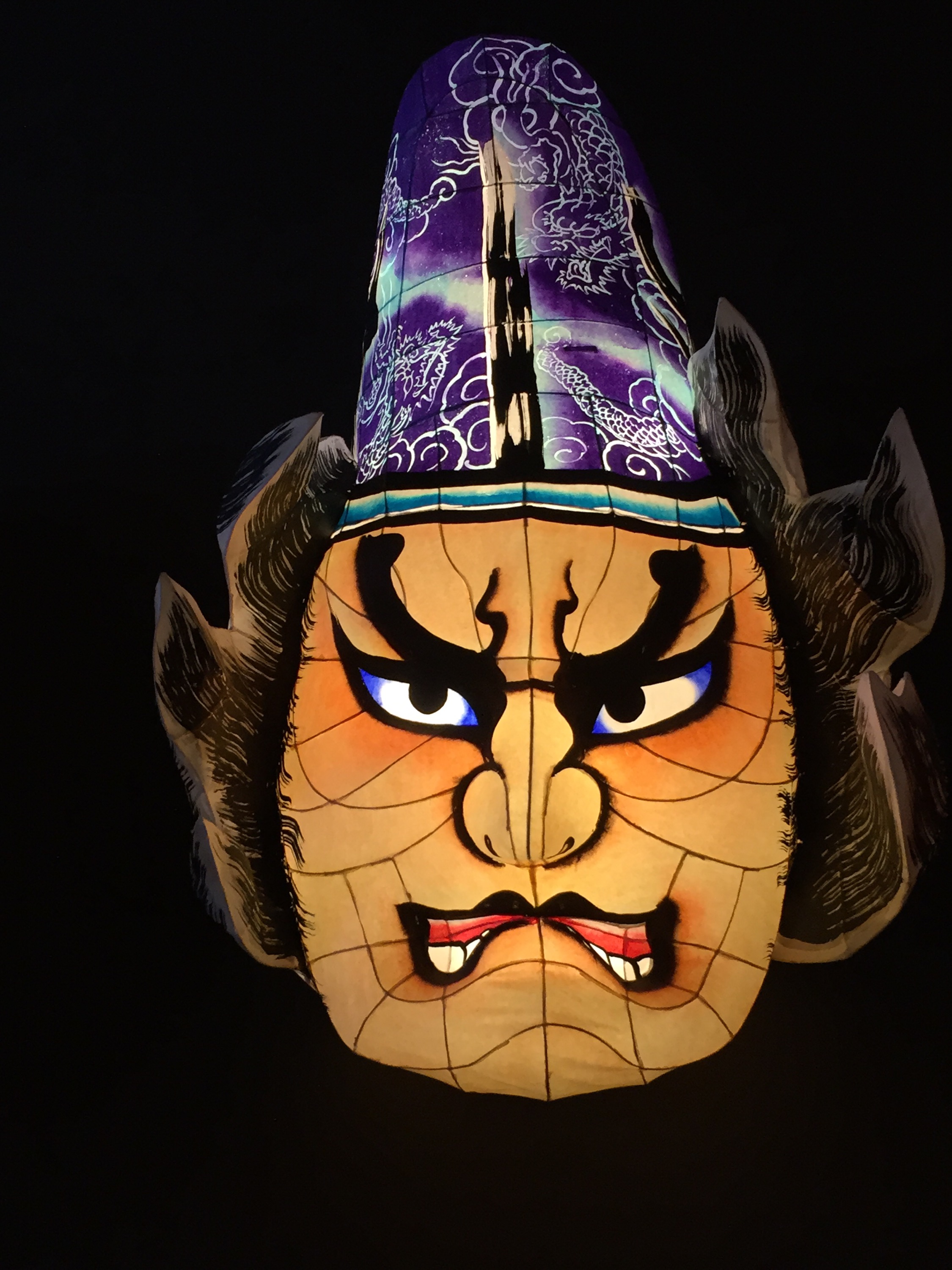
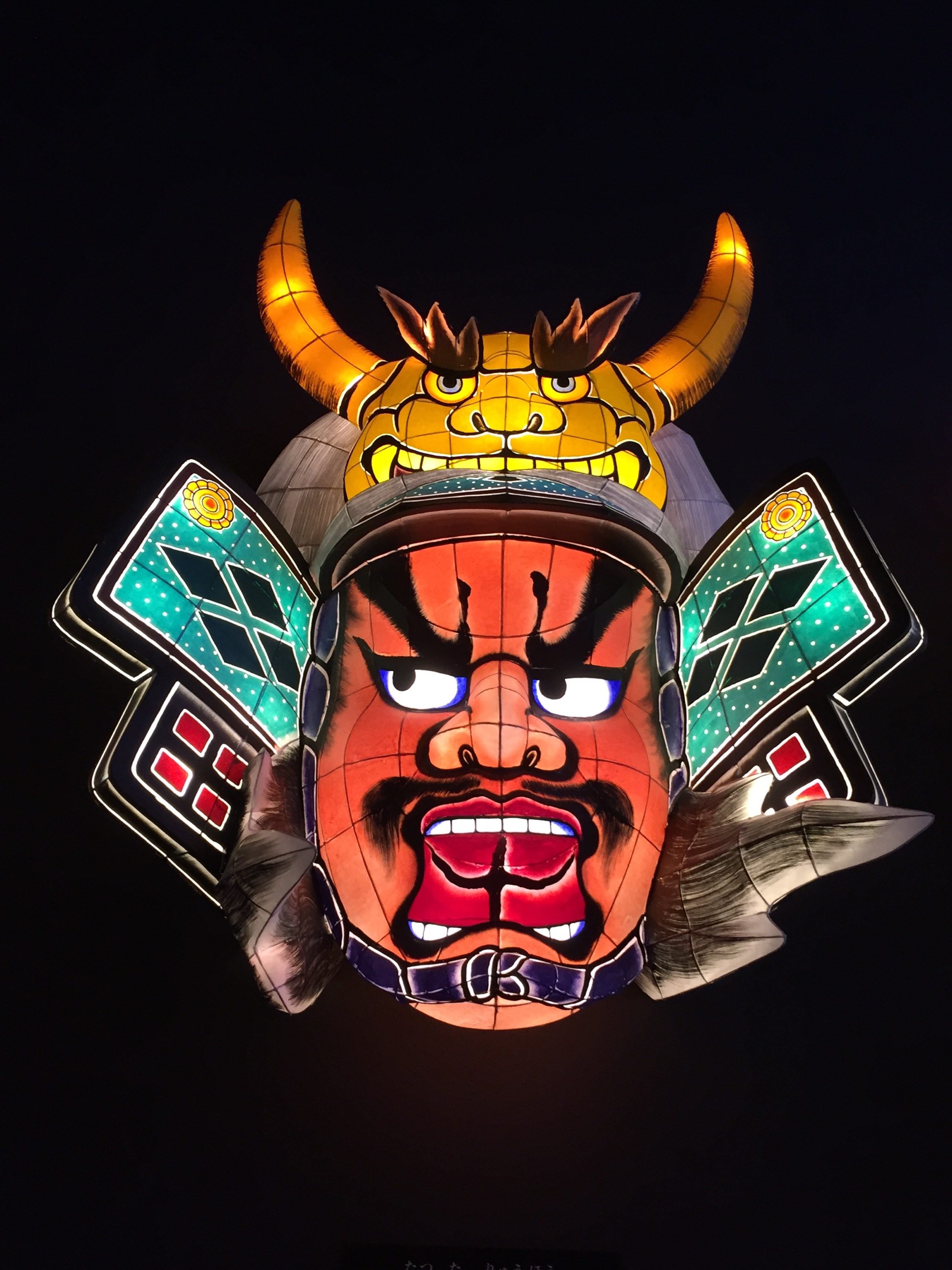 The entire place is quite amazingly beautiful and so unique, and considering it was barely AU$6 per person in entry fee, was very interesting and well worth stopping in. Due to the festival at the moment there was a large market of street food happening right outside the museum… selling grilled octopus, chicken on a stick, tempura vegetables on a stick, shaved flavoured milk, apple spring rolls (yes, you read that right and they were delicious!), and all sorts of yummy things.
The entire place is quite amazingly beautiful and so unique, and considering it was barely AU$6 per person in entry fee, was very interesting and well worth stopping in. Due to the festival at the moment there was a large market of street food happening right outside the museum… selling grilled octopus, chicken on a stick, tempura vegetables on a stick, shaved flavoured milk, apple spring rolls (yes, you read that right and they were delicious!), and all sorts of yummy things.

